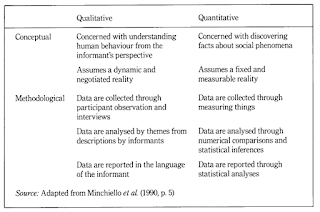Market segmentation
This is the process of dividing a broad consumer or business market, normally consisting of existing and potential customers, into sub-groups of consumers (known as segments) based on some type of shared characteristics. It is the process of dividing an entire market up into different customer segments. Targeting or target marketing then entails deciding which potential customer segments the company will focus on. A target market is a group of customers a business has decided to aim its marketing efforts and ultimately its merchandise towards. A well-defined target market is the first element of a marketing strategy.
This website will help in researching target audience and demographics in the UK. These statistics show weekly, monthly and yearly audience viewings. This too can help us divide with audience affinity.
STP Strategy
Today, Segmentation, Targeting and Positioning (STP) is a familiar strategic approach in Modern Marketing. It is one of the most commonly applied marketingmodels in practice. In our poll asking about the most popular marketing model it is the second most popular, only beaten by the venerable SWOT / TOWs.
Customer Segmentation
Customer segmentation is the practice of dividing a customer base into groups of individuals that are similar in specific ways relevant to marketing, such as age, gender, interests and spending habits. Acorn, developed by CACI Limited in London, is a segmentation tool which categorises the United Kingdom's population into demographic types.
Audience Affinity
This new targeting option takes more of a long-view in terms of audience creation. Rather than looking at one particular purchase intent, like In-Market, Affinity targeting analyzes someone’s overall interests, passions, and lifestyle to get a better sense of their overall identity.
The definition for “affinity” is as follows: (1) a natural liking for or attraction to a person, thing, idea, etc., and (2) inherent likeness or agreement; close resemblance or connection. A specific user may not have searched for your product/service but they may have a natural liking or attraction to an Affinity category as exhibited by their online patterns, or they may have a close resemblance or connection to someone who would be interested in a product.
Think about your browsing behavior. What do you often read? What are your most common queries? Can you see themes and patterns in your behavior?
Maybe you subscribe to blogs on Scandinavian design, shop around at cool online shops looking for new pieces for your place, and check out websites for your favorite remodeling TV shows. This would probably drop you into the “Home Décor Enthusiasts” Affinity Audience available in Google AdWords.
You should view Affinity Audiences as individuals who have a general, long-standing interest for a specific Affinity Segment. I may not have searched for your specific home décor product but based on my browsing habits, I am very interested in this topic and I am likely to make a purchase if I see a relevant ad.





